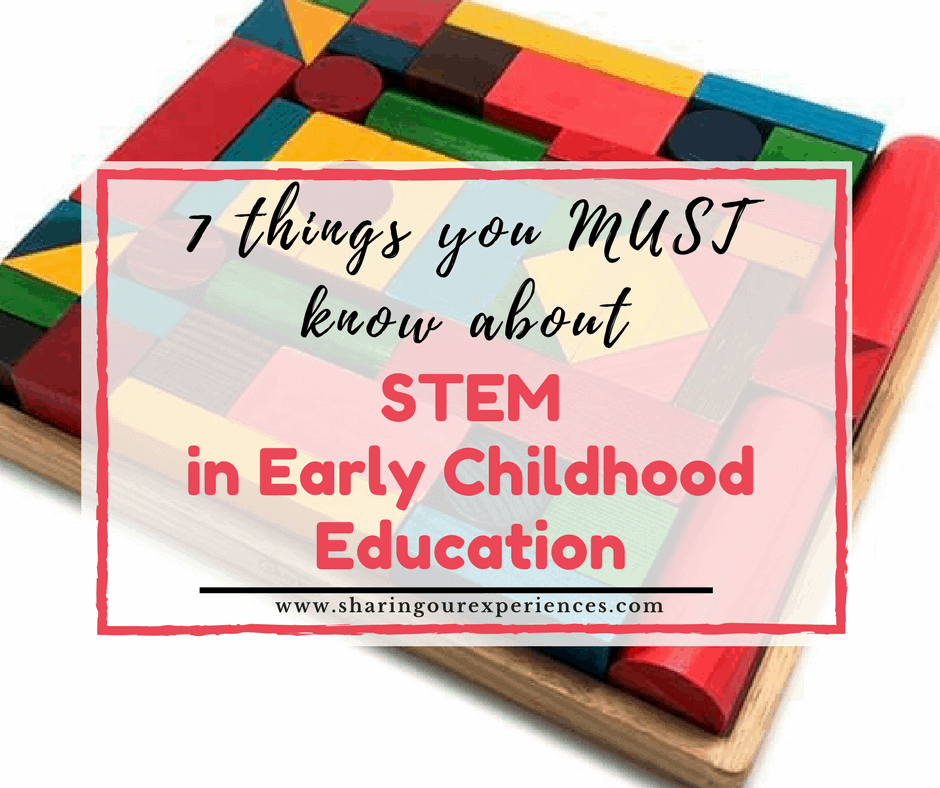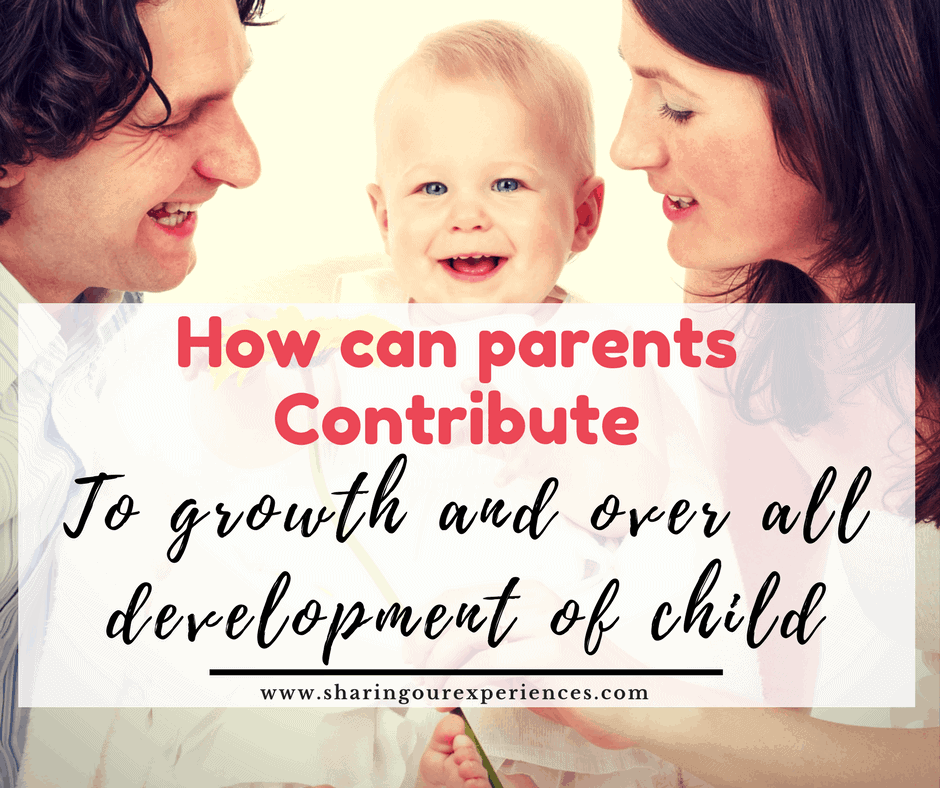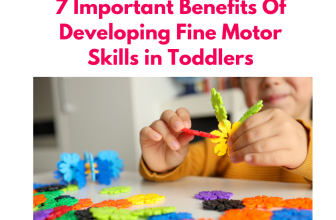
STEM in early childhood education is a newer educational term that we parents see frequently in the news and when talking to early educators. But very few of us understand what is STEM in early childhood, when is it appropriate to start teaching STEM, why knowing concepts of STEM may be beneficial to our toddlers and preschoolers, are there any STEM preschool toys easily available .
Today we are going to reveal 7 things that you should know about STEM.
What is STEM Education?
STEM is an acronym for Science, Technology, Engineering and Math.
STEM Education is a term initiated by the National Science Foundation, referring to an educational approach which combines these four disciplines.
Lets look at all these disciplines in simple terms –
What is Science ?
Science is a way of thinking. Science is observing, doing experiments, making connections, coming to conclusions, sharing discoveries, asking questions and wondering how things work.
What is Technology ?
Technology is a way of doing. Technology is using tools, identifying problems, trying to solve it, being inventive to make things work.
What is Engineering ?
Engineering is a way of doing things. Engineering is solving problems, using variety of problems, designing and creating and building things that work.
What is Maths ?
Maths is a way of measuring. Maths is sequencing (1,2,3 ,4 ..), Counting, Patterning, Exploring shapes (triangle, rectangle, square), Volumes (what is more, what is less) and sizes (what is bigger and what is smaller)
STEM is a philosophy where educators (teachers along with parents) help kids to learn by integrating knowledge across disciplines and encourage them to think in a connected and holistic way.
In the true sense, all children and even adults engage in STEM activities spontaneously without knowing about this term STEM on a regular basis.
Why is STEM Education Important?
Science and Maths is everywhere around us. Sun, Moon, stars, climatic changes, mobile, TV, flowers, plants are all related to Science. What we do in our daily lives even simple stuff like buying groceries, shopping for essentials, making investments or filing for taxes involves maths.
STEM is about innovation and experimentation – creating Thinkers and Doers. Â
And We need thinkers and doers in our next generation to solve new sets of problems that will emerge with time, to provide solutions, to sustain our world.
“In the 21st century, scientific and technological innovations have become increasingly important as we face the benefits and challenges of both globalization and a knowledge-based economy. To succeed in this new information-based and highly technological society, students need to develop their capabilities in STEM to levels much beyond what was considered acceptable in the past.†(National Science Foundation)
STEM in early childhood education
Now most of you will be wondering why should I worry about STEM for my baby, toddler or preschooler ? Is it not too lofty a concept ?
Right from the time when the infant is first introduced to toys or begins to move in the environment he lives in, learning starts. Their active exploration of the environment and the things in it wires the brain, helping them develop powerful intuitions about concepts of science, technology, engineering, and mathematics.
So lets answer – At what age it is appropriate to start teaching STEM ? How can we implement stem in early childhood education ?
What age is it appropriate to start teaching STEM concepts
It is never too early to start teaching concepts. Because babies and toddlers are naturally following STEM principles.
What does your baby do when it sees something lying on floor ? He tries to pick it up, observe, try to mouth it, looks at your for reaction, usually smiles after that because he feels he has achieved something and most of the times tries to do it again to see your reaction. Is this not science ?? He is observing, experimenting, making connections, recording results, sharing discoveries, and trying to understand his environment by exploration ?
Research shows that having a strong foundation in early math or science concepts can lead to higher achievement in both maths, reading and science later in school.
The brain grows faster in the first five years of your child’s life than at any other time in his life?
So the best time when we can contribute in their development is their early childhood period because your kid’s development during these early years will set the foundation for lifelong learning, behavior and health. Thus STEM education must start in early childhood. Teaching STEM in the early years will help your child in growing into an individual who understands and link concepts, uses analysis and reasoning skills and applies these concepts and reasoning in everyday world
How can we implement STEM in early childhood education
Children are naturally inquisitive and STEM is about using that curiosity to help them learn. Rather than a passive way of learning, making a child experience and learn by presenting him with an opportunity where he/she can learn the same concept in a variety of settings.
Everyday practical life skills, environment and all the things in it are instrumental in preparing a child for STEM learning and building their critical thinking skills.
Rather than teaching about shapes you can use shape sorter toys or blocks to let a kid experience various shapes and its properties. Rather than teaching about counting you can take your kid to a park and let him collect leaves, stones or flowers and count what he collects.
- Providing apt materials for exploration
- Giving opportunity for play and exploration activities
- Sharing the child’s curiosity
- Joining kids in experiments
- By asking questions to help a child learn concepts – Which ball is smaller ? How many fishes are there in the pond? which ball do you think will reach ground faster if I throw two balls together ?
What materials can I use for STEM learning
You can use materials easily available at home or open ended learning toys.
Scissors, Crayons, paints, bowls, spoon, leaves, flowers and many such materials easily available at home are all tools for kids so you can plan STEM activities with your kid using that.
Below I am giving specific examples of how we can use toys for STEM activities.
STEM activities and concepts with building blocks
Lets see what all happens when a kid plays with blocks.
- He understands about various shapes and colours.
- First he usually creates a tower out of blocks and knocks it down 🙂 .. Which teaches him about one dimension (in which he keeps one thing on top of another).
- Then as he grows he usually creates a train like structure which is him learning about one dimension but horizontally
- As he grows older, he probably starts making a wall which is 2 dimensional object.
- And with time kids can create multiple 3 dimensional or complex structures with blocks.
Thus by providing them with blocks you gave your kid an opportunity to explore and inspect various shapes, dimensions, practice his fine motor skills and strengthen his spatial skills.  Imagine a simple tower of blocks passes through stages of inspecting shapes from different visual angles, ability to imagine and rotate shapes in their brain to form the tower and the perfect hand-eye coordination. It is simple yet so complex.
STEM preschool toys in India
When surveying early exploration based Pre-STEM toys in the India market for my 7 month old son, I came across Skola and was quite impressed with their collection.
Testing how things work informally is crucial to developing critical thinking. It is during play that children explore cause and effect, spatial and visual perception.
Here are some STEM toys that I shortlisted so am listing these out for you, but would suggest you to go through their whole [eafl id=”10914″ name=”Skola Toy collection” text=”Toy collection”] as I genuinely liked almost all toys.
Twisty Trio
Twisty Trio is a complex shape sorter. Complex because child not only practices fine motor skills but also enhances dexterity abilities. The child has to observe, comprehend which shape would fit, align the shape with the rod, twist it, and then correctly stack the coloured shapes. Although it sounds easy but the concepts of engineering are explored here.
This sets the base for spatial manipulation for future careers. For e.g. an astronomer must visualize the edifices of the solar system and the motions of the objects within it. An engineer mentally visualizes the parts of a machine or building that he designs or works with.
I loved the fact that what is reflected in all Skola toys is honing the fine motor skills. Fine motor skills certainly helps engineering, but more importantly using fingers helps children have visual perception, enhance focus with concentration, and cognitive ability which is directly a STEM requirement.
STEM is everywhere – be in school, at a museum, a library, or just engaging in the natural trial and error of everyday life. You can’t escape it.
Let’s not wait another day to expose young children to STEM education.
Sources - Importance of Stem, STEM for babies, toddler, preschoolers
Resources on STEM in early education
Google Books on STEM
Teaching STEM in the Early Years
Redleaf Press. 2013
The foundation for science, technology, engineering, and mathematics (STEM) education begins in the early years. This book provides more than ninety activities and learning center ideas that seamlessly integrate STEM throughout early childhood classrooms. These hands-on STEM experiences enhance cooking, art, and music activities, block play and sensory table exploration, and field trips and outdoor time. Information on assessment and early learning standards is also provided. Sally Moomaw,...
STEM Books on Amazon
- What is Child Development, what are the areas and skills associated
- How to Contribute to your kids development
- 7 things you must know about STEM
- What is Spatial Intelligence ? Is it important for kids
- Five Reason why you should read to your baby
- How to choose the right books for your baby and toddler
- How to plan activities for your kid in limited time
- Best games activities and toys for 2 year old
- Fine motor skills activities crafts for kids
- Critical thinking activities for kids
- Hand eye coordination activities crafts for kids
Did you like this article on STEM learning? Have you been following STEM at home with your kid? Do let me know using comments below. Would love to hear from you.









STEM is a very important part of early education.The first five years of life are most important.
Absolutely agree Amrita. the rate at which brain grows in initial years is amazing. The more exposure we can give our kids as this age the stronger their foundation will be.
Thank you for this wonderful article …it’s so helpful as I have been trying to understand what exactly is STEM and very happy that I am also following it unknowingly…but now this article has opened avenues for us to explore and learn more and more
Thank you so much Swetha. We are so glad that you found this article useful. Your comments have made our day. Glad to know that you too are following it. We are also learning and trying to compile a list of STEM activities that we can do with kids
Thanks for making me aware of this concept of Stem learning and how it can be implemented in early education. Skola is definitely a help to a great extent.
You are most welcome Anubhuti. We are glad that we could talk about STEM in early childhood learning on our blog. Yes we loved skola because of the same reason. It helps us in approaching learning via STEM concepts
I never thought about STEM for early learning and always was of the idea it’s for 6 plus .. But this article is really very explanatory and cleared my doubts
Same here Priyadarshini. Its only when we read about it we realized that these concepts could be applied starting from babies. And to be honest for babies and toddlers life is about science (read experimentation) its only when we grow up and start giving these experiments hefty names that the fun is lost. what we loved about this concept is that we lay the basics of years to come
Loved each and every bit in your article. Such great information. And I also liked all the toys. Thanks for sharing.
Thank you so much Surbhi. We are so glad that you likes our article. Its comments like yours that keep us going 🙂 Its our pleasure
STEM based learning adds great value in the child’s growing up years. Glad to see so much awareness about STEM education.
Thank you so much Charu 🙂 . And completely agree with you . STEM lays the foundation in early years so that our kids can grow to be thinkers and doers 🙂
Great informative article… Surely going to check out Skola Toys for appropriate STEM toys for my toddler.
Thank you so much Amitoj. We are glad that you liked this article on STEM learning. Do let us know your inputs on Skola toys if you try them